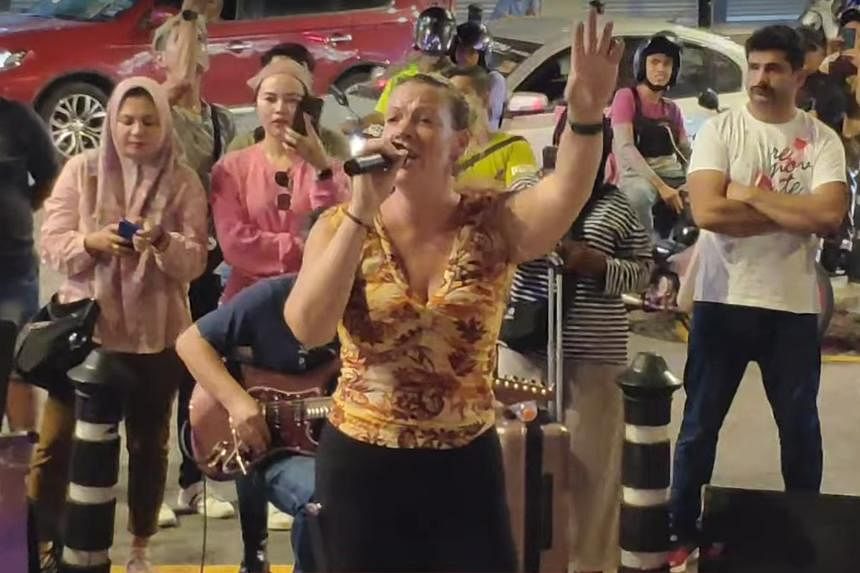Carl Deconinck
The French international news outlet Agence France-Presse (AFP) has pressed charges in a copyright case in France against social media giant Twitter, recently rebranded “X”.
AFP wants financial compensation for the use of its content and is demanding data it says is needed for assessing the amount of money it claims it is owed.
In a public statement, AFP “expressed its concerns over ‘the clear refusal’ from Twitter [X] to enter into discussions regarding the implementation of ‘neighbouring rights’ for the press”.
“These rights were established to enable news agencies and publishers to be remunerated by digital platforms which retain most of the monetary value generated by the distribution of news content,” AFP added.
The move is part of an ongoing global struggle media groups are pursuing to get tech firms to pay for news featured on their platforms. In June, Meta, the mother company of Facebook and Instagram, decided to cut off access to news for all users in Canada due to what it said was its unwillingness to pay for it.
That came after the Canadian Parliament approved legislation forcing major online platforms to compensate news publishers for content posted on their sites. Now, AFP wants compensation in line with European Union intellectual property rules that cover “neighbouring rights”, a legislative rule created in 2019 that allows news outlets and publishers to seek payment from digital platforms for the sharing of their work.
France was the first EU country to adopt those intellectual property rules and the French Government funds a significant part of AFP, the world’s third-largest news agency. France is also actively targeting X, accusing the platform of being too lenient regarding so-called hate speech. France’s European Commissioner for Internal Market Thierry Breton has threatened to ban X altogether in Europe.
US billionaire Elon Musk, who owns Twitter, reacted on his own platform, calling the AFP complaint “bizarre”, saying that news agencies are all in receipt of advertising revenue generated by their content.
In 2021, Google signed a five-year licensing deal with AFP for its news content as part of a broader partnership. News organisations said they have been losing ad revenue to online aggregators such as Google, Facebook and X, by far the smallest of the three.
New legislature on neighbouring rights worldwide has given publishers more power to tackle the problem of social media giants draining advertising revenue while the content of news organisations is published for free.
July, three major French media groups (Le Monde, Le Figaro, and Les Echos-Le Parisien) also sued X over similar allegations.
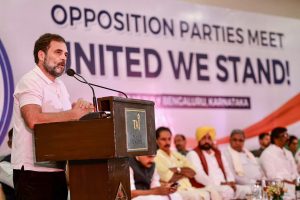

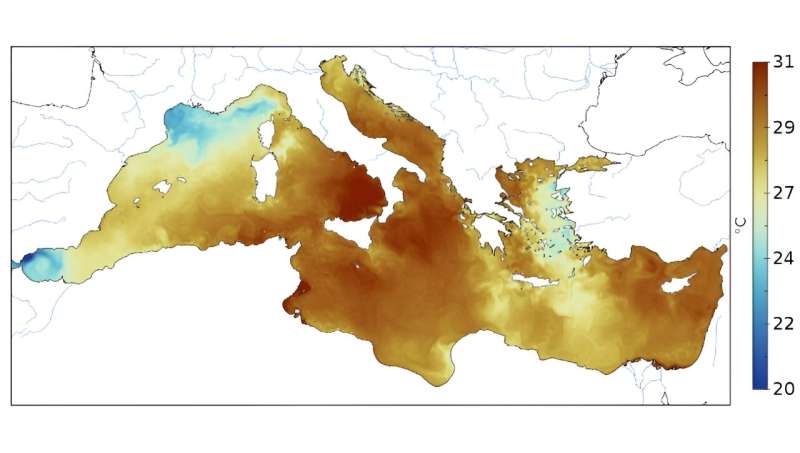


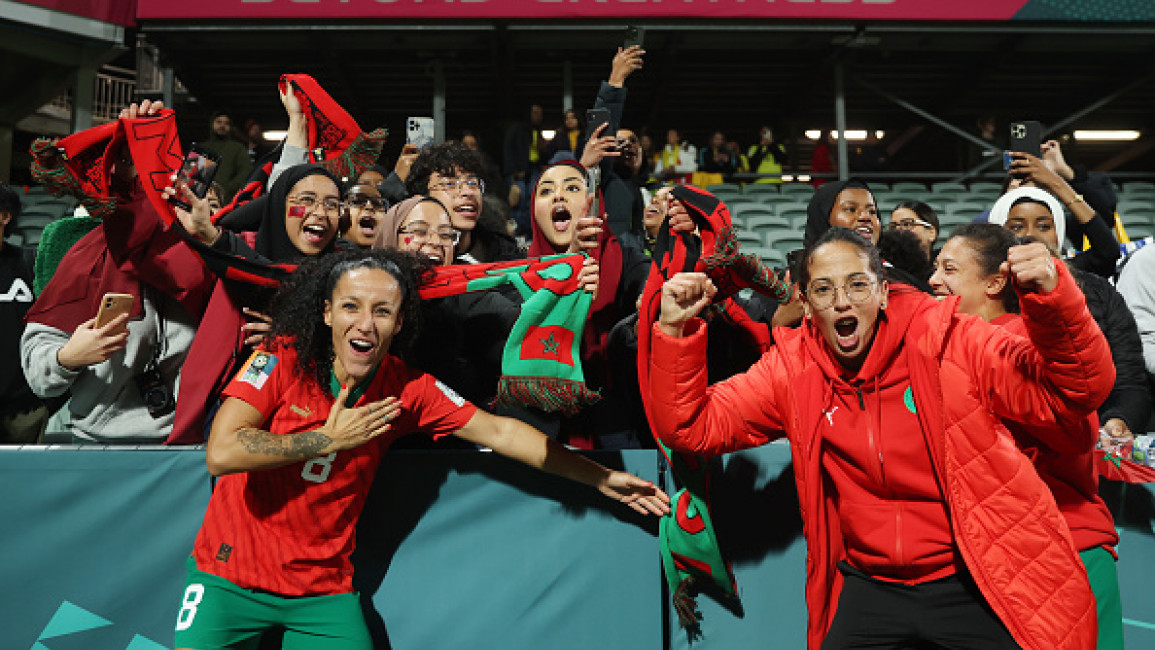
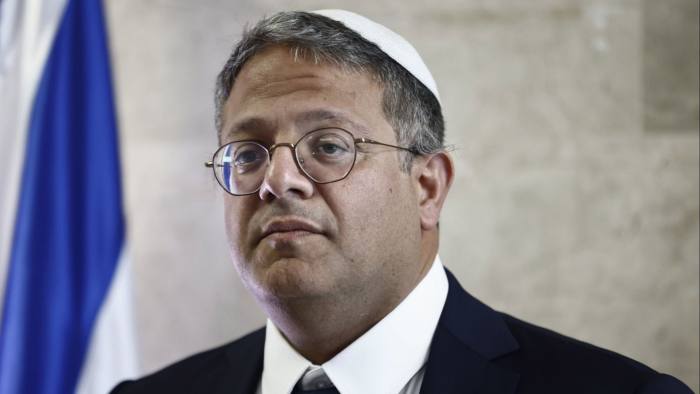

:quality(70)/cloudfront-eu-central-1.images.arcpublishing.com/thenational/CNQO3WXRL6WLQVK3IMFTOCJUII.jpg)
:quality(70)/s3.amazonaws.com/arc-authors/thenational/120804a3-a9b7-49f0-b675-f69ed1a234aa.png)
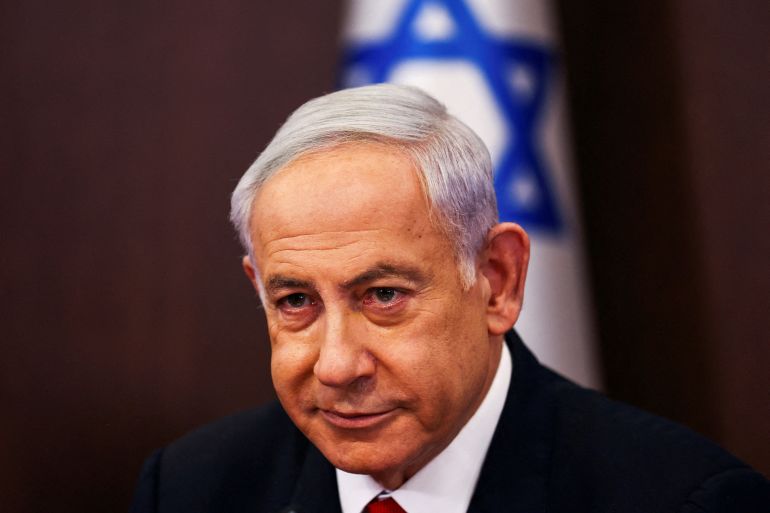 Israeli Prime Minister Benjamin Netanyahu's judicial overhaul is being challenged in the Supreme Court [File: Ronen Zvulun/Reuters]
Israeli Prime Minister Benjamin Netanyahu's judicial overhaul is being challenged in the Supreme Court [File: Ronen Zvulun/Reuters]